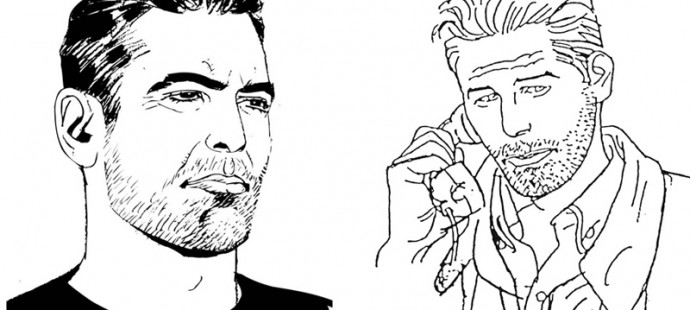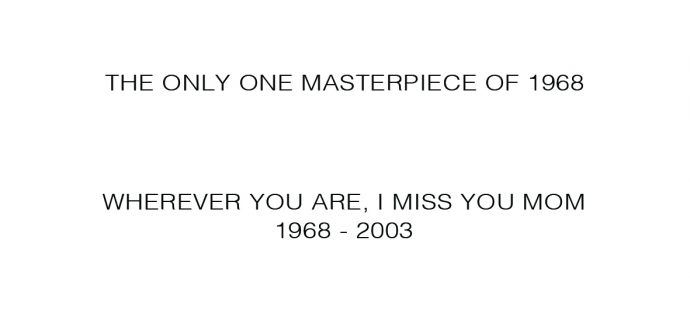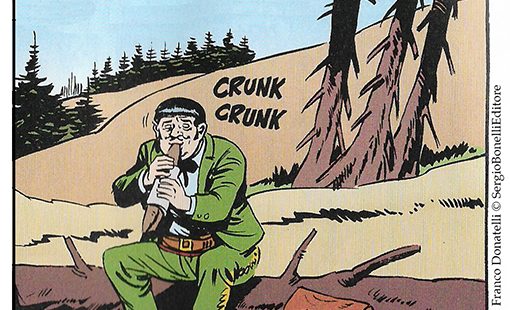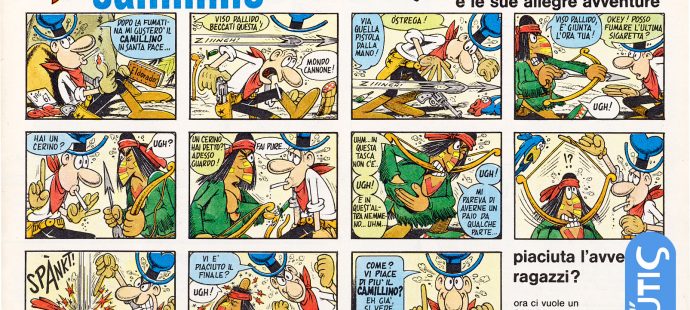
October with Xtina
October with Xtina

October with Xtina

George Clooney or Dad? When the creators of Chris Carella were trying a face for her partner, Steve, they had thought of a young actor, George Clooney. Then they saw ...

the only one masterpiece of 1968 wherever you are, i miss you mom

Il regalo di Sergio Bonelli 1932 – 2011 Avevo, credo, sette-otto anni e accompagnavo spesso papà quando da Milano andava a consegnare qualche lavoro o solo per piacere di viaggiare. ...

Vintage Advertising: Jacovitti Camillino 1967 Camillino Eldorado presenta Cocco Bill e le sue allegre avventure. Magazine: Il Corriere dei Piccoli Autore: Benito Jacovitti Prodotto: Camillino gelato Eldorado Anno: 1967